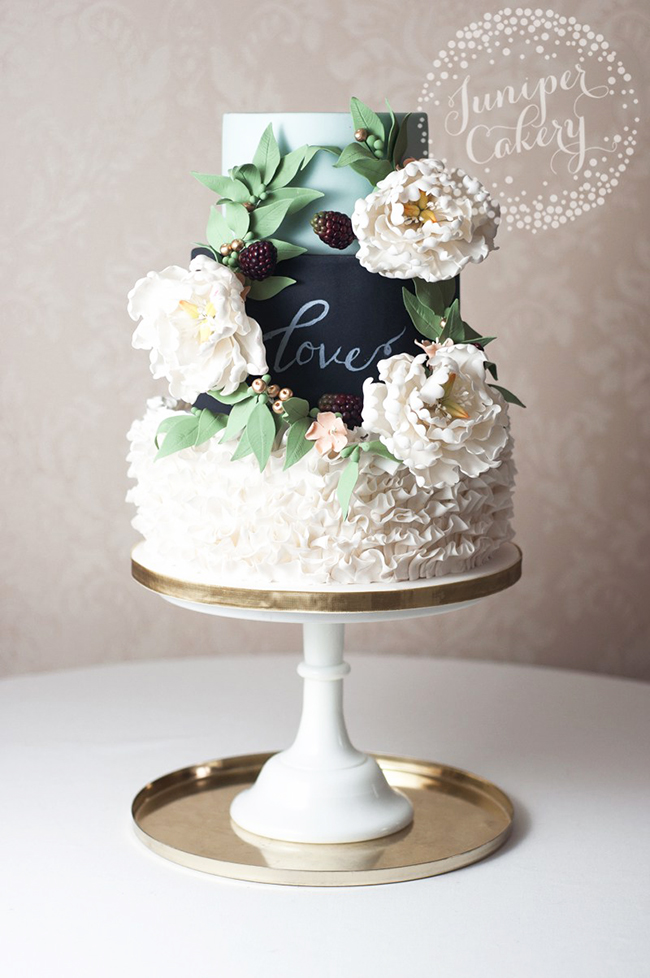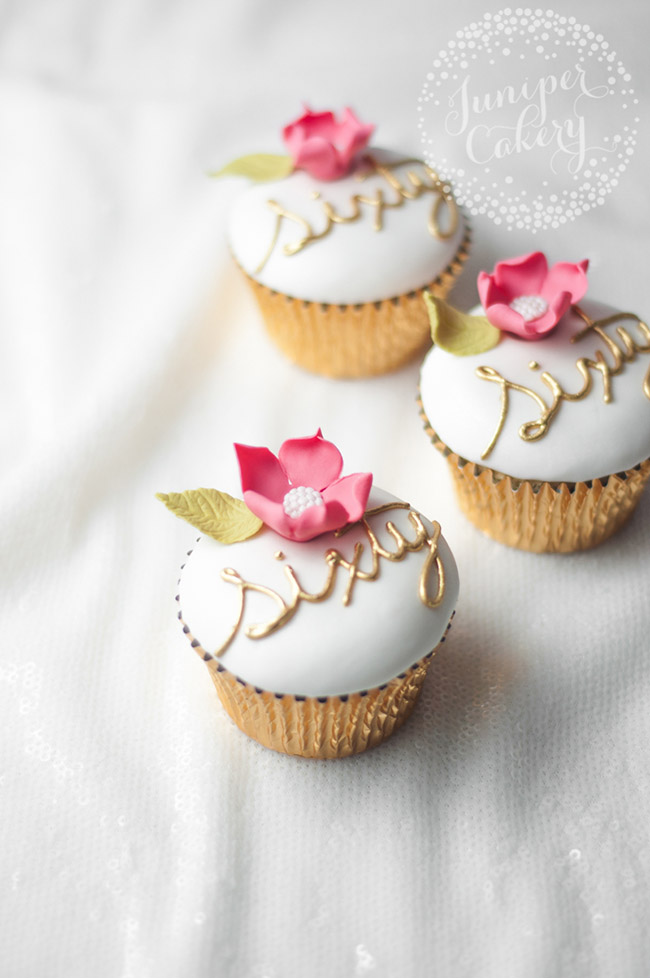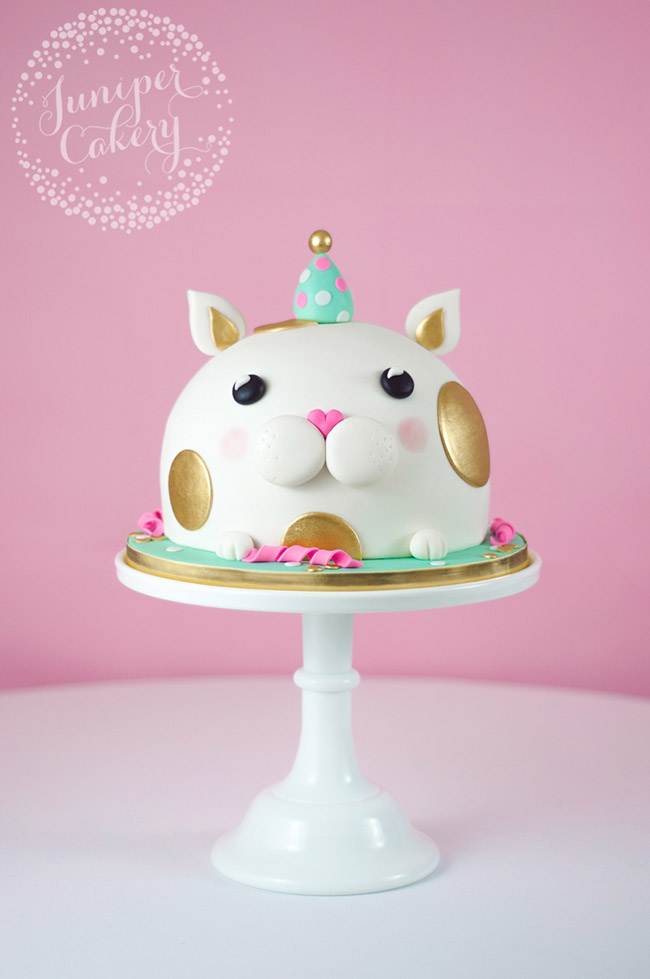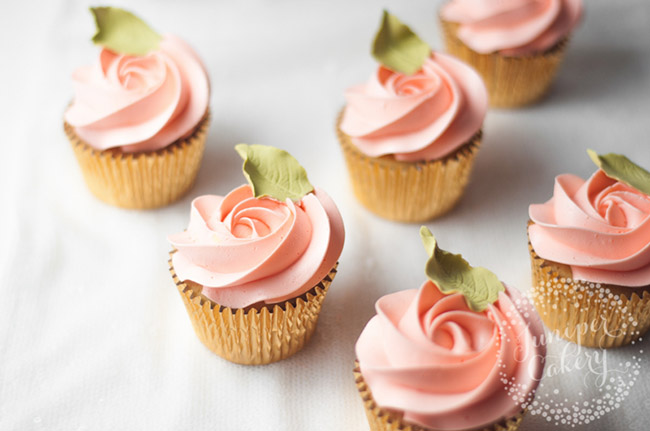If working with food coloring confuses you, we’re here to help! Our quick tips and advice for working with all kinds of food coloring will take your cakes to a whole new level of color.

9 quick tips for working with food coloring
1. Always start small
Always begin mixing your food coloring in small amounts, building the color up over time. It’s oh so much easier to add color in than to remove it in case you go too bright or too dark. It takes more time, but it’ll be a heck of a lot quicker and easier than starting all over again.

2. Color develops over time
Food color develops and gets darker over time. This is essential to know, especially when tinting fondant red or black. Instead of adding in more and more coloring, let your fondant (or buttercream or royal icing) sit for 10 to 15 minutes and check to see how much it has darkened.
For matching food-colored items to specific palettes, it helps to stop a shade or two before you need to. Leave your work to sit for a few minutes and then check the color.

3. There’s a difference between powdered, natural, liquid and gel colors
There are different types of food color on the market, so it helps to know which works best for you and for your project. Check out our quick guide below:
Powdered coloring
Powdered colorings can be slightly hard to find — they’re not going to be in the baking aisle of your local grocery store or even craft shop. You’ll have more luck online — Craftsy has a good selection.
The list of colors available as powder can be limiting, which means you’ll need to adjust and mix them up yourself. Also, adding too much powder into your mix (be it batter, cookie dough or fondant) can dry out your consistency.
Natural coloring
These plant-based colorings are great for anyone who wants to avoid synthetic colorants. They do, however, yield some pretty dull results. If your aim is to create a rainbow layer cake, don’t use natural coloring — you’re just not going to get the vibrant, fun results you want. Natural colors can also be harder to find. Try an online search or a specialty health food shop.
Gel or paste coloring
These colorings contain glycerine and/or corn syrup, which gives them a thicker, gel-like consistency. For us, gel colorings are a great option when adding color to batters. They’re vibrant, readily available and they don’t affect the consistency of your mixture. They’re also pretty concentrated, so they’re perfect for vibrant creations.
Liquid coloring
Liquid food dyes come in miniature bottles. They can be very watery in consistency, which can really thin out your batter, dough or icing. We generally advise that cake decorators stay away from these, as they can compromise your batter and result in a sinking cake or even in a mix that doesn’t rise.
Liquid gel coloring
Liquid gel colorants are similar in consistency to runny honey. They’re a bit like a cross between liquid food dyes and gel/paste coloring. You’ll usually find them packaged in a squeeze tube or flip-cap bottle. We use food coloring in this form the most!

4. You can add color without food coloring
If you want to add color to your homemade bakes without using any food coloring at all (even store-bought natural colors) there are a few ways you can do this.
Pomegranate juice
Fresh pomegranate juice, straight from the fruit, can create a vibrant to pastel pink. It’s perfect in sugary glazes for loaf cakes or doughnuts (just like our carrot, pomegranate and pistachio loaf above).
Beets
It’s possible to add the red in red velvet cakes using grated beets (or beetroot in the U.K.).
Edible petals
Bright, edible petals are great for adding pops of color on top of frosted cupcakes and cakes.

5. Use natural light
Always color by natural lighting to get an accurate view of the colors you’re creating. A lot of artificial lighting gives off a dull, yellowish glow that can make colors look totally off. Imagine coloring green for a specific order and in daylight it’s actually a more blue toned color — not good!
6. Learn simple formulas for quick color mixes
When it comes to decorating cakes, you’ll regularly need to create custom tints for fondants or buttercreams. If you don’t have every color on hand, it’s helpful to know what colors to mix together to form another color. Here’s a quick color-mixing guide to help!
- Purple – Add equal amounts of red and blue together.
- Brown – Mix equal amounts of red, blue and yellow (purple and yellow).
- Green – Add equal amounts of blue and yellow.
- Pink – If you don’t have pink food coloring, use a small amount of red.
- Orange – Mix red and yellow together.
- Mint – First create a soft green, then add a tiny amount of sky or baby blue.
- Sepia – Always begin with a soft, cream color and then add the color you need.

7. Make it metallic!
Making a good metallic finish isn’t as simple as tinting fondant, buttercream or royal icing. You’ll have to paint or dust your work. We like to color whatever medium we’re working with to a close matte-like match (caramel for gold, gray for silver) and then carefully hand-paint with edible dusts and paints. Read more about this technique in this blog post.
8. Master the mixing technique
Mixing in food coloring doesn’t necessarily mean just stirring it in your batter. The technique you use depends on how you like to work and what material you’re using.
Fondant or gum paste
We like to fold color into fondant or gum paste by making a well in the material, adding the color and repeatedly folding the fondant over and over on itself until incorporated.
Buttercream
One of the best methods for tinting buttercream is adding a little of your food color along with any extracts, essences or flavorings you need. This limits the amount of air bubbles you mix in.
Royal icing
We prefer to mix up big batches of plain or white royal icing, then tint whatever colors we need before adjusting consistencies and adding to piping bags.

9. Consider your materials and ingredients
A lot of people ask why their batter or buttercream has gone more turquoise instead of blue or peach instead of pastel pink. One of the most important things to remember is the base color of the material you’re working with.
For example, buttercream and batters usually have a natural yellow color due to the butter in buttercream and the butter + eggs in the batter. So, if you add some blue, it will mix with the yellow and result in a slight green color. You can avoid this by creating a white cream cheese– or Crisco-based frosting for fillings or coverings. For cakes and cupcakes, experiment with egg white batter to eliminate the orange egg yolks.

Send me your stuff
This is amazing
Thank you for opening thiz program it helps a lot. I need to know how to mix red colour